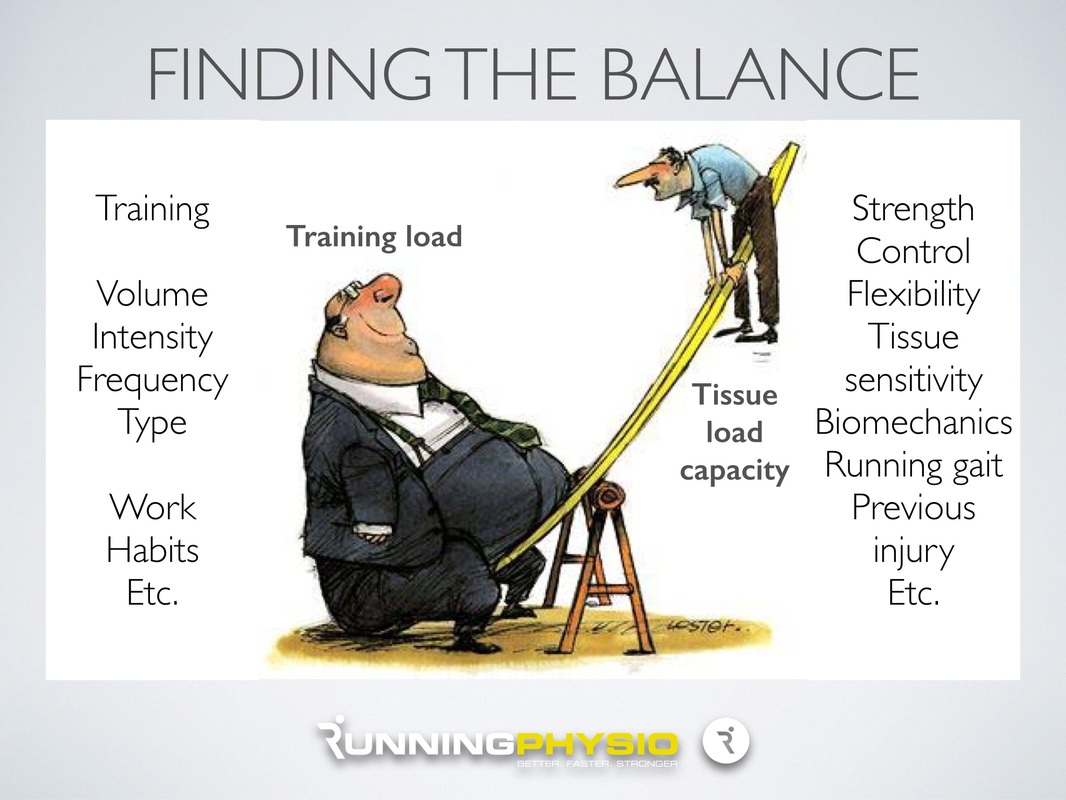|
Netball Australia has developed a great program to help prevent knee and other lower limb injuries in netball.
Knee and ankle injuries are common in netball, making up three quarters of all injuries. Devastating ACL injuries are unfortunately common, making up 25% of serious injuries. The KNEE program offers a range of warm-up exercises that help prevent injury. There are a range of age and experience appropriate exercises for junior through to elite netballers. They are easily understood by players and coaches, with a number of options offering variability and progression. It would be great to see this program widely adopted by Australia's largest participation sport for females. Load Management For Injury PreventionManaging training load is crucial in injury prevention and treatment. A graphic in Tom Goon’s recent blog visualises how training load outweighs all other factors. Historically we have advised that training loads shouldn’t increase by more than 10% a week. I’m not sure where this figure comes from. I’ve got no problem with it, it seems reasonable, and I’ve quoted it hundreds of times. There’s a recent BJSM podcast interview with Tim Gabbett on load management for injury prevention. Specifically Tim talks about this paper:
Spikes in acute workload are associated with increased injury risk in elite cricket fast bowlers
- Billy T Hulin, Tim J Gabbett, Peter Blanch, Paul Chapman, David Bailey, John W Orchard, 2013. It is research into fast bowlers but I think the principles apply just as well to any athlete. They measured the acute workload of the last 7 days (and call it “fatigue”) and compare that to the chronic workload of the previous 4 weeks (which they call “fitness”). Measuring Training Load
For runners, if the training is reasonably homogenous, we could most simply measure the workload as the total kms/week.
Or we could be more accurate and account for a mixed training program that may include a variety of hills / sprints / cross training etc, by giving each session a rate of perceived exertion (RPE) out of 10, and multiply that score by the number of training minutes:
Training load = session RPE x duration (minutes)
This is called a Foster’s Score, and provides a simple method for quantifying training loads from a variety of different training modalities.
The research subtracted the current 1-week average from the previous 4-week average and called this number the “training-stress balance”. A negative training-stress balance increases the risk of injury 4 times. So:
[Last 7 days’ session RPE x duration (minutes)] - ([Last 4 weeks’ session RPE x duration (minutes)] / 4) = TRAINING-STRESS BALANCE
Negative balance = 4 times risk of injury
Essentially this formula means you shouldn’t increase your training load by more than 25% a week.
For people that may be more vulnerable to injury I would change the 4-week average to a 6-week average, therefore, bringing the increase in load each week down from 25% to 16%. This more cautious group could include:
|
�
Archives
July 2024
Categories
All
|
|
|
MENU
|
INJURY INFO
|
INJURY INFO
PHYSIO MOSMAN |
Copyright© 2024| Fit As A Physio | ABN 62855169241 | All rights reserved | Sitemap


 RSS Feed
RSS Feed



